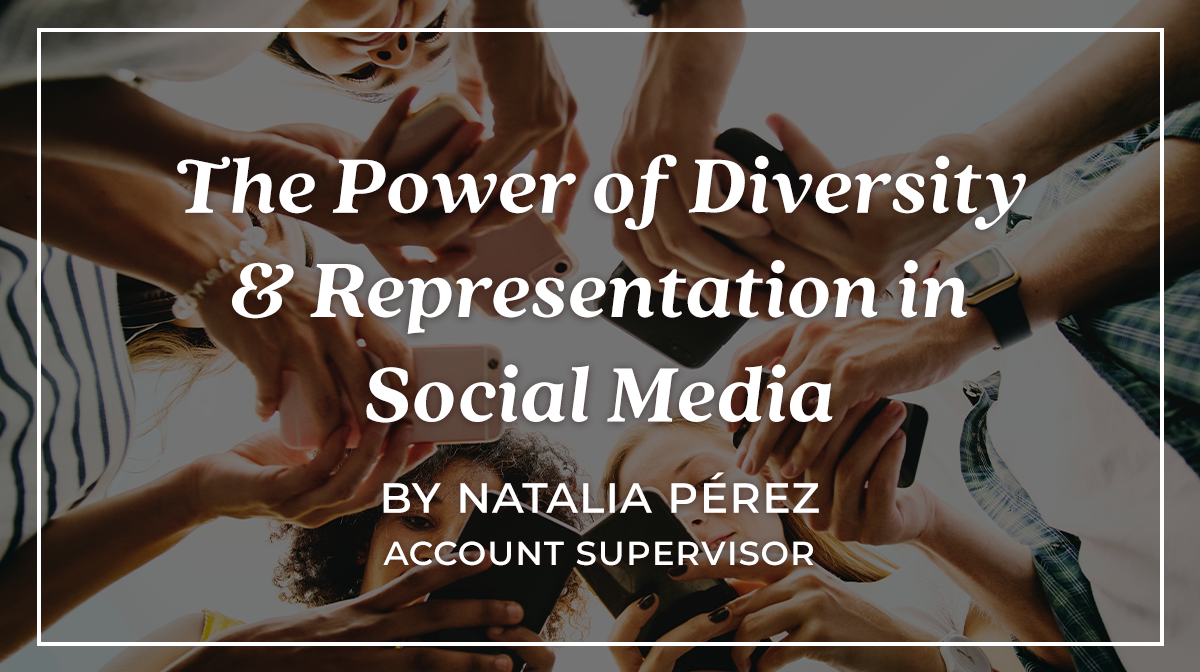
Inclusive Marketing is defined as creating content that truly reflects the diverse communities that our companies serve. It means that we are elevating diverse voices and role models, decreasing cultural bias, and leading positive social change through thoughtful and respectful content.
In this ever-evolving social landscape, brands that want to continue growing need to keep up with the social and political climate. They need to take responsibility, encourage social change and act proactively instead of passively. With that in mind, it’s imperative that brands are creating campaigns and sharing content that celebrate diversity and representation.
Last year, Facebook published a report on diversity in online advertising, highlighting that:
Meanwhile, when examining brand campaigns that addressed equal representation, they saw positive effects including brand trust and loyalty, which could ultimately drive purchase intent.
Gen Z has been at the forefront of these movements, taking to social media platforms like TikTok and Twitter to expose and advocate for injustices. A 2021 study by quantilope determined that Gen Z feels most strongly about diversity and inclusion compared to older generations. In the study, 76% of Gen Z said they feel diversity and inclusion is an important topic for brands to address and 53% of Gen Z said they would like to see more diversity in senior leadership. Millennials are aligned with Gen Z in this regard, yielding much higher percentages for both categories than Gen X and Boomers.
Based on these findings, representation should begin within the company itself and then make its way down to client-facing messaging. When creating diverse and inclusive campaigns, it’s essential to:
In traditional marketing, we typically see short or static assets that feature 1-2 protagonists being used across a range of platforms. With this approach, tailoring messaging and communication is difficult, ultimately making it harder to cater to an array of audiences. On the other hand, social media allows brands to further expand messaging by using a variety of formats and platforms, making it easier to reach a broader, more diverse audience. One way to create inclusive marketing content is by partnering with creators. Working with content creators who share the same values as your company and are able to speak to a diverse group of individuals will make the brand feel more approachable, authentic and in tune with the world around them.
In this day and age, brands that honor diverse representation in their campaigns will create deep and meaningful connections with consumers – and this is just the beginning. Email info@socialflyny.com to learn how to incorporate inclusive marketing into your 2022 strategy.
Written By: Natalia Pérez, Account Supervisor